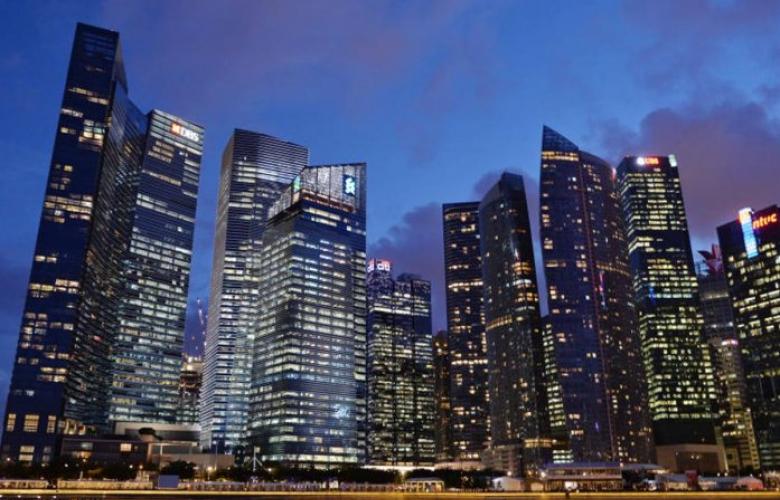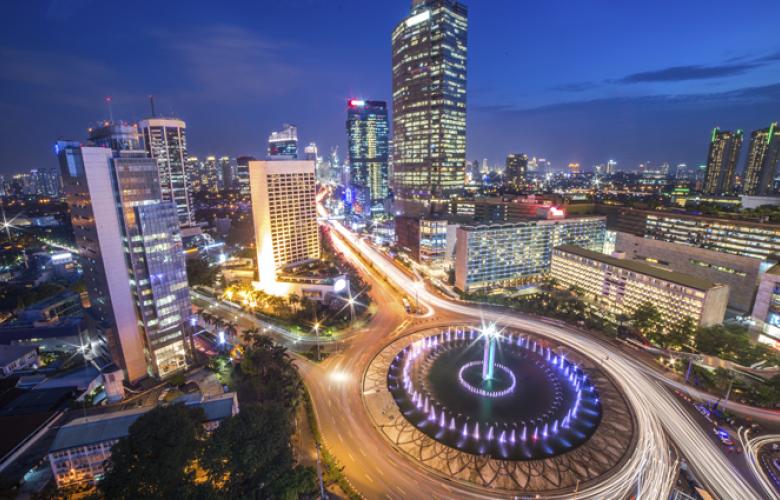Southeast Asian countries are increasingly attractive to real estate investors. Stronger exports, coupled with rising capital expenditure from companies stepping up their investment across industries in recent months are positive growth indicators, according to the latest data from JLL.
In the first half of 2017, Singapore picked up over US$2.2 billion (S$3 billion) of investment into office assets, and over US$1.45 billion (S$2 billion) into residential land from Hong Kong and mainland Chinese investors.
"Mainland Chinese investors have been smart and fast investing into Singapore as well as neighbouring countries" says Ray Chow, Ray International Real Estate Group. "Many of them continue to look into Singapore to invest in Commercial properties."
“Singapore remains a key market for many investors due to its long-term positive fundamentals. Real estate transaction volumes in Singapore rose by six per cent year-on-year in the first half of the year, as investor sentiment is turning positive after CBD office rents bottomed earlier than expected,” says Regina Lim, Head of Capital Markets Research, Southeast Asia, JLL. “Looking ahead, buyers will continue to bargain-hunt in Singapore.”
ASEAN 50 ahead
As the 50th anniversary of the establishment of ASEAN approaches in August, Southeast Asia is looking increasingly strong following the economic slowdown from 2014 to 2016. The region’s economy grew 4.8 per cent in the first quarter of this year, compared to 4.5 per cent in 2016.
“We’re seeing growing interest from large-scale mainland Chinese groups looking to invest in Indonesia, as well as Vietnam and the Philippines. These investors are keen to tap Indonesia’s attractive economic and demographic profile. In Jakarta, we expect advance purchases of office assets under construction to remain the most likely point of entry,” says Ms Lim.
“We anticipate continued interest in industrial and logistics assets in the next six to twelve months, as they’re seen as an avenue to leverage the growth in manufacturing and e-commerce in Southeast Asia.” she adds.
Rents bottoming out; pick-up in tenant demand
Prime office rents in Singapore’s Marina Bay declined 27 per cent over eight quarters until Q1 2017, while Kuala Lumpur rents fell three per cent over a similar period. Office take-up in these more mature markets remained weak in 2016 due to the economic slowdown. They saw a significant pick-up in tenant demand, with office rents increasing for the first time in the second quarter of the year, which has boosted investor confidence.
“Due to stronger than expected rental growth, we upgraded our Singapore office rental forecasts for 2018 by about 10 per cent. We now expect Singapore prime office rents to rise 20 per cent over the next four years,” adds Ms Lim.
During the first half of 2017, occupied office space in Southeast Asia increased by 4.6 per cent, compared to 4 per cent in 2016 thanks to leasing demand by e-commerce firms, business services and financial firms.
Around the region, online gaming operators are contributing to strong office take-up in Manila while technology, fintech and coworking operators are expanding in Jakarta. Office rents in the Indonesian capital declined 16 per cent over the last two years and are likely to continue to slide over the next 18 months due to the high supply in the pipeline.
While investors are looking on the bright side, consumer sentiment across the region is still weak. Indonesia’s retail sales grew at 4.7 per cent year-on-year in the first quarter of 2017, down from 10.5 per cent in 2016. Philippines retail sales grew 6.5 per cent in 1Q17, slower than 7.2 per cent in 2016. In Singapore, retail sales have declined for three years but saw a marginal improvement, growing by 0.6 per cent in January to May 2017.
Key real estate transactions in Southeast Asia in the first half of 2017
FWD Group buying a 50 per cent stake in One George Street, Singapore
- Hongkong Land investing in a 33 per cent stake in Central Boulevard site, and other Hong Kong investors acquiring Tripleone Somerset and GSH Building in Singapore
- MCL, a subsidiary of Hongkong Land, paying US$559 million (S$766 million) for an enbloc redevelopment site in Eunos, Singapore
- Mercatus Co-operative Limited paying US$1.6 billion (S$2.2 billion) for Singapore’s Jurong Point shopping centre in Q2, ranking among one of the biggest commercial property transactions regionally
- Nanshan Group and Logan Property investing over US$730 million (S$1 billion) in a government land sale site at Stirling Road, Singapore
- Mammoth Empire sells Empire Shopping Gallery in Kuala Lumpur to PHB for US$133 million (RM570 million)
- Ivanhoe Cambridge and CPPIB partnered with Logos to enter the Indonesian market to invest in warehouses
For more information, download our “Southeast Asia outlook: 1H2017” report here.










